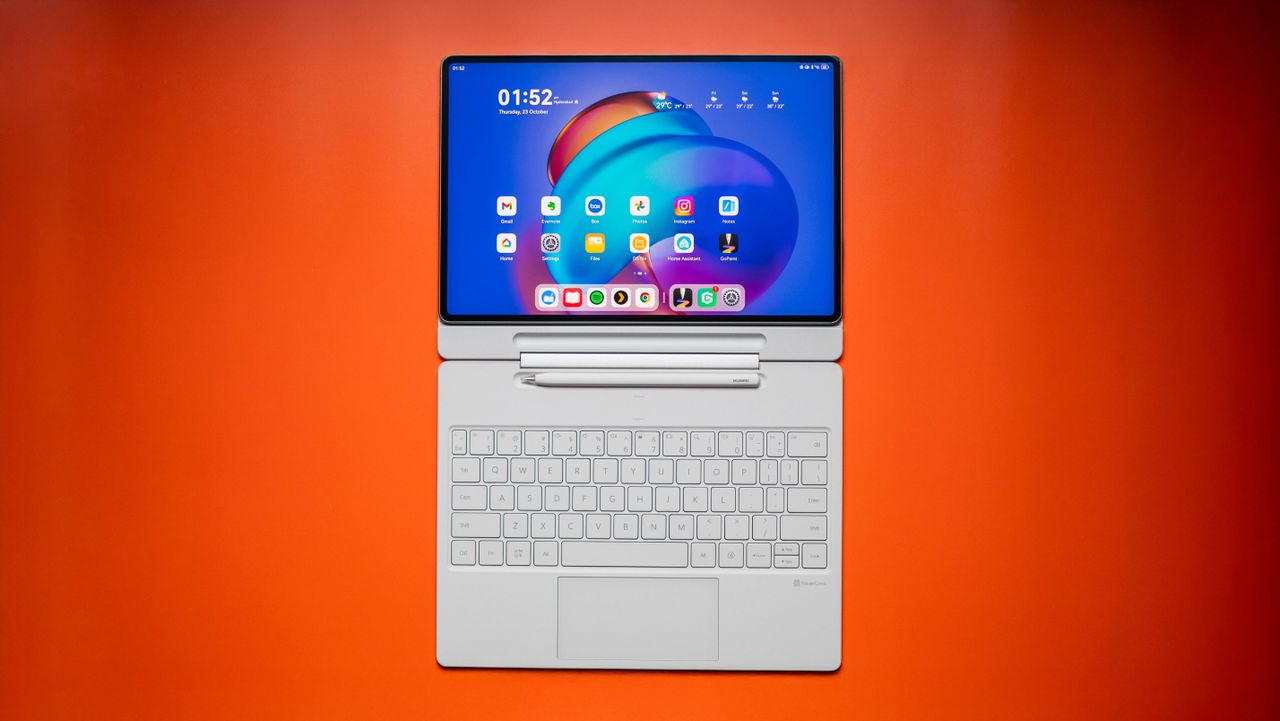
While Huawei still makes pretty decent phones — the Pura 80 Ultra has incredible cameras — I believe the brand has a better chance in global markets with wearables and tablets. The Huawei Watch Ultimate 2 showcased just what the brand can deliver in this area, and it is so good that I switched to it from the Apple Watch Series 11.
It's a similar story with tablets; the MatePad Pro 12.2-inch has definite advantages over the Galaxy Tab S11, with Huawei using a tandem OLED — just like the iPad Pro M4 and M5 — alongside a unique anti-glare panel, sleek design, great battery life, and powerful internals. The MatePad Pro 12.2-inch retails for £899 ($1,198) in the U.K., and Huawei is now selling it at £827. It's sold in a single 12GB/512GB configuration in the U.K.
An incredible anti-glare tandem OLED
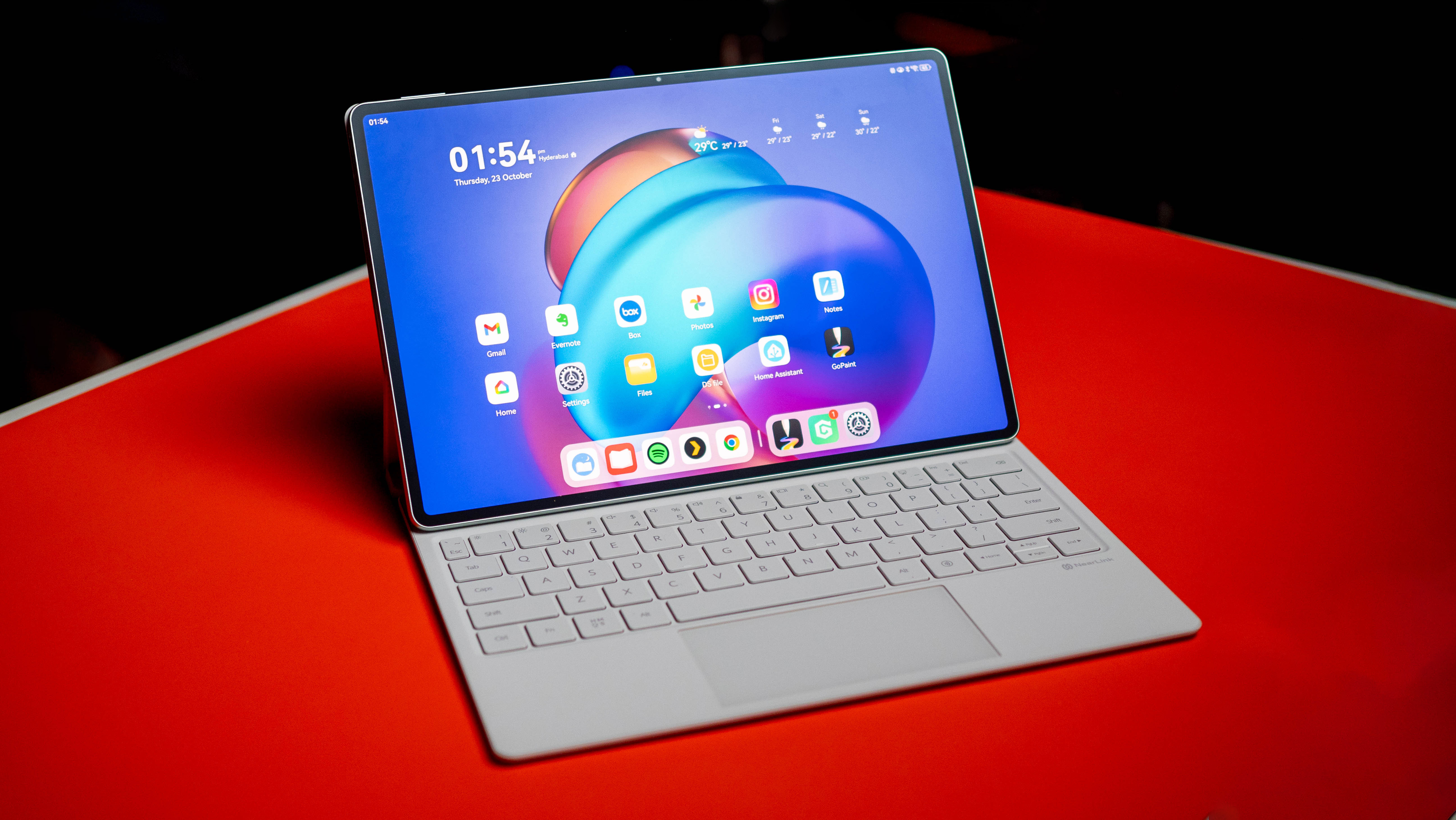
In the last three months, the MatePad Pro 12.2-inch got just as much use as my iPad Pro M4, and that's entirely down to the quality of the panel. I'm using the PaperMatte version of the tablet, and Huawei's unique anti-glare coating mimics the feel of paper, and makes using the tablet that much more enjoyable.
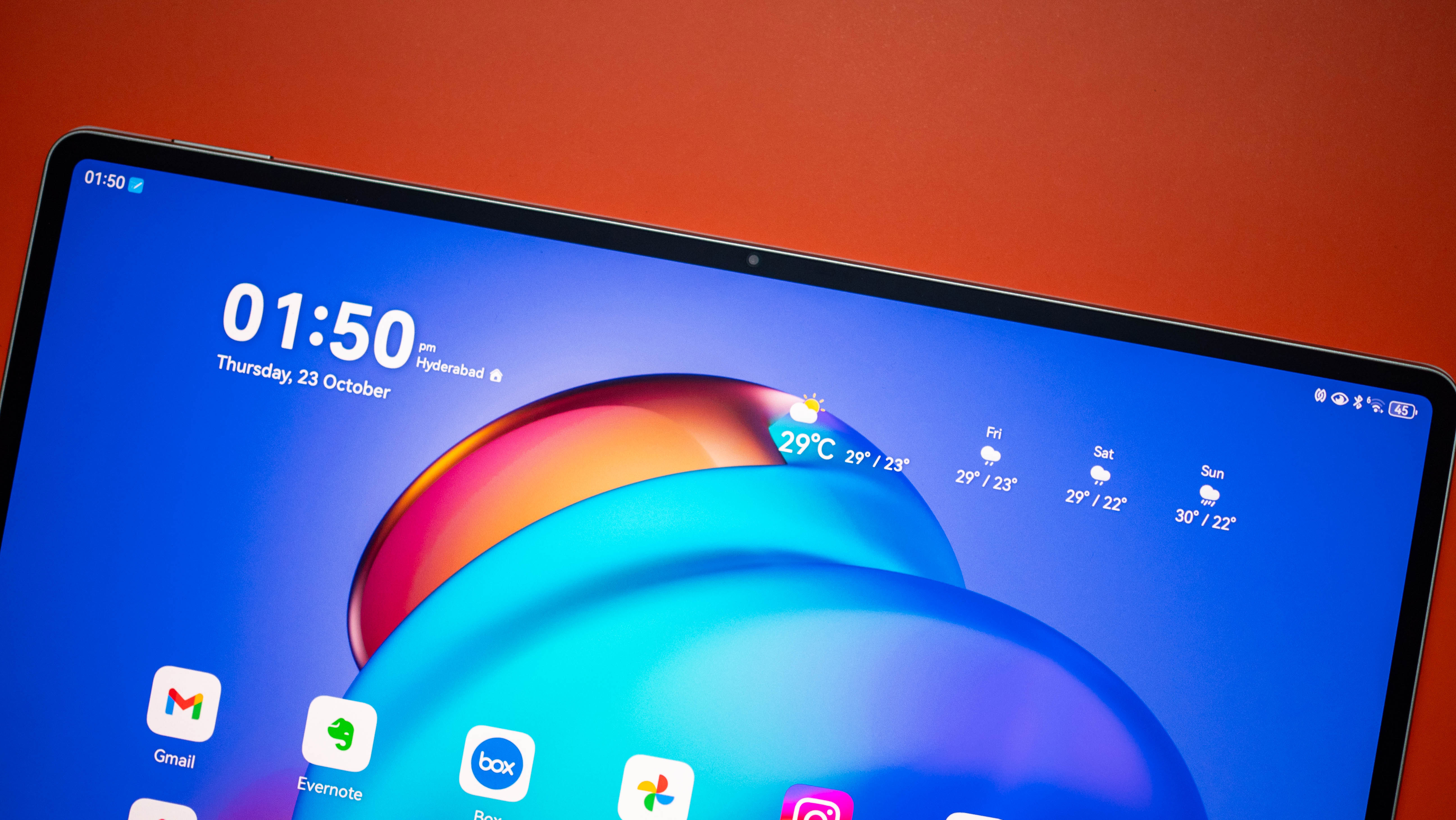
The 12.2-inch tandem OLED has excellent colors and higher brightness than most tablets, and it gets a resolution of 2800 x 1840 and 144Hz refresh. In fact, this is the brightest tablet around, outshining the Galaxy Tab S11 and other Android rivals by a considerable amount. What's truly interesting is that it gets brighter than my iPad Pro M4.
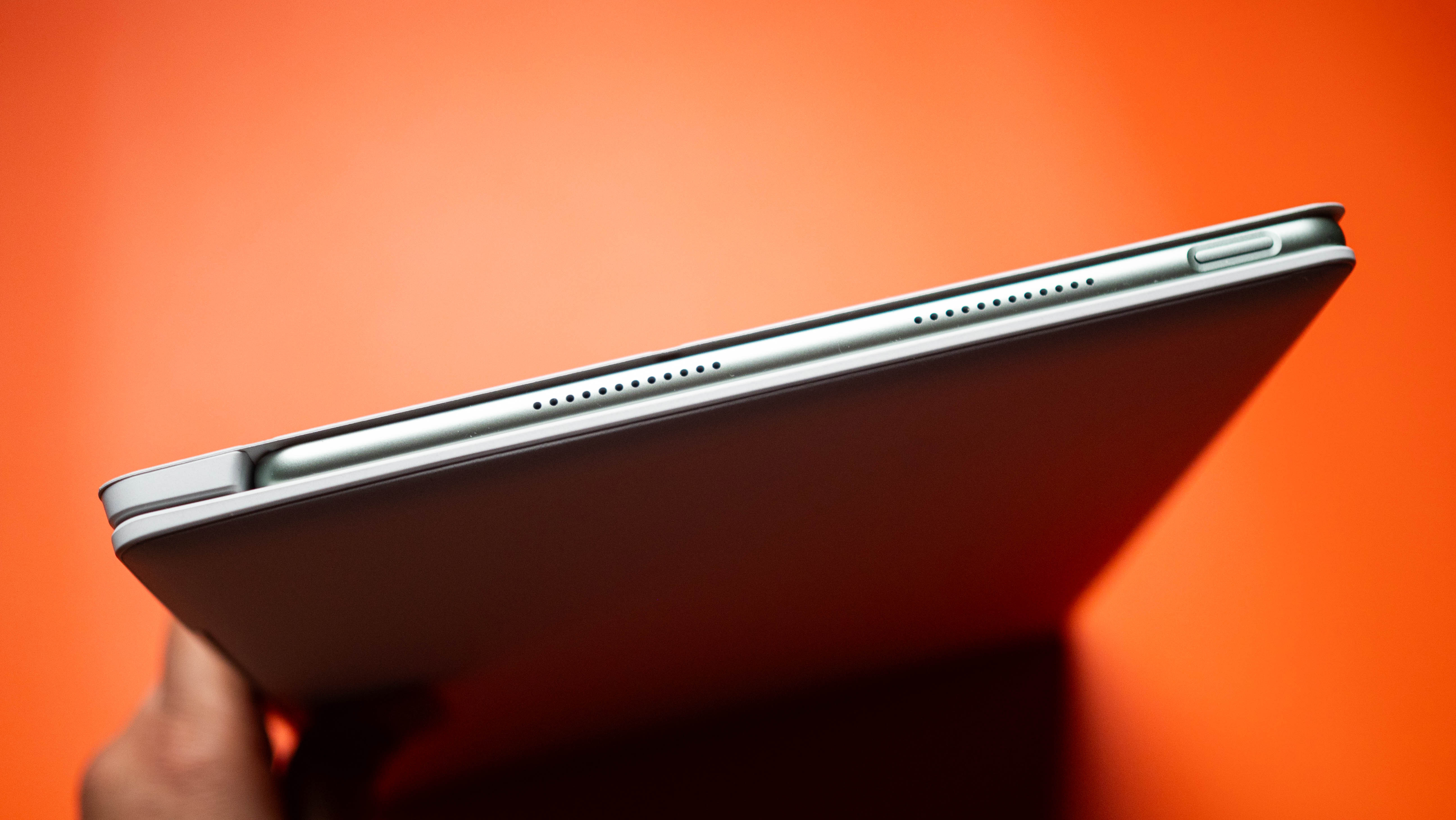
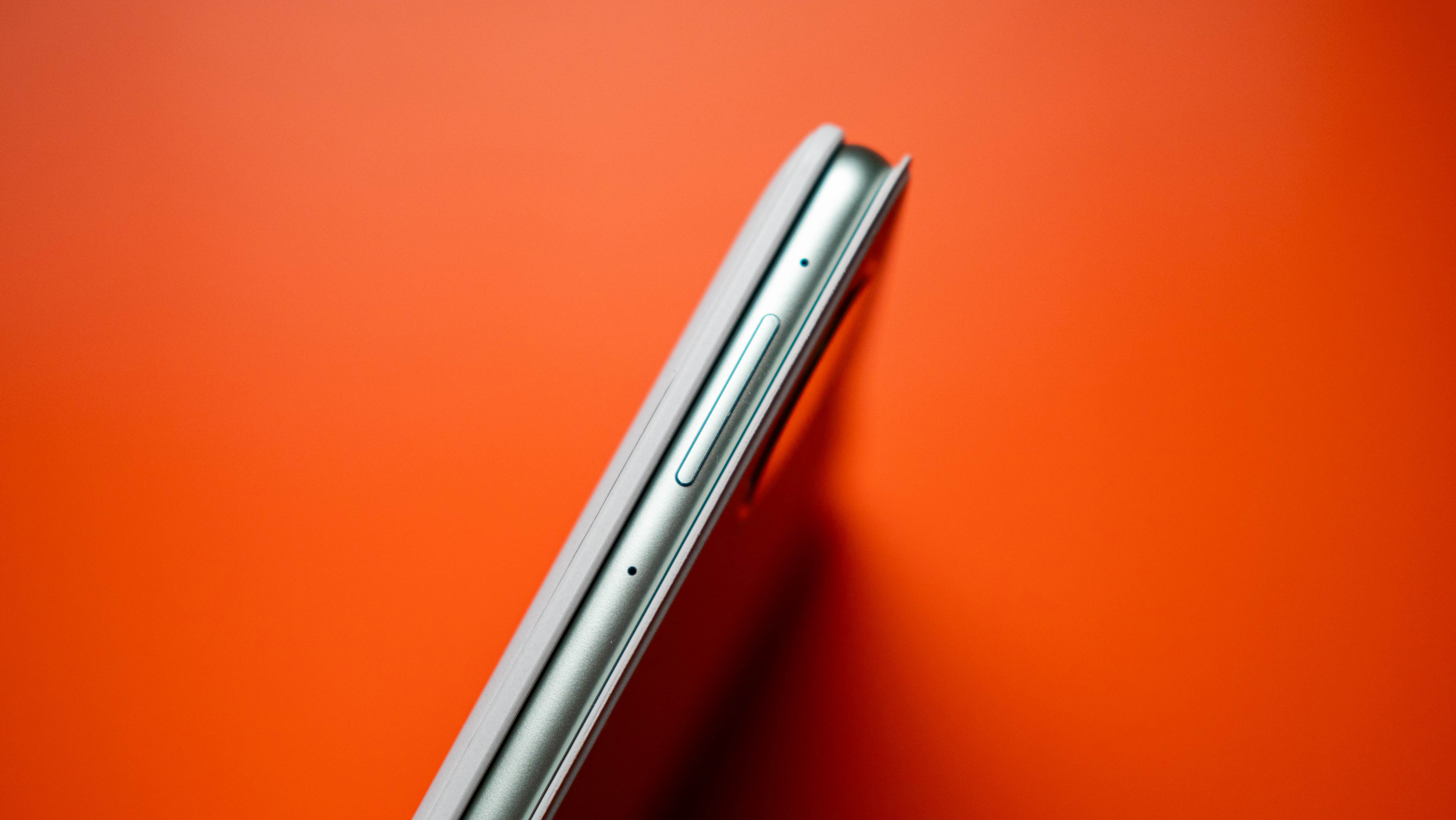
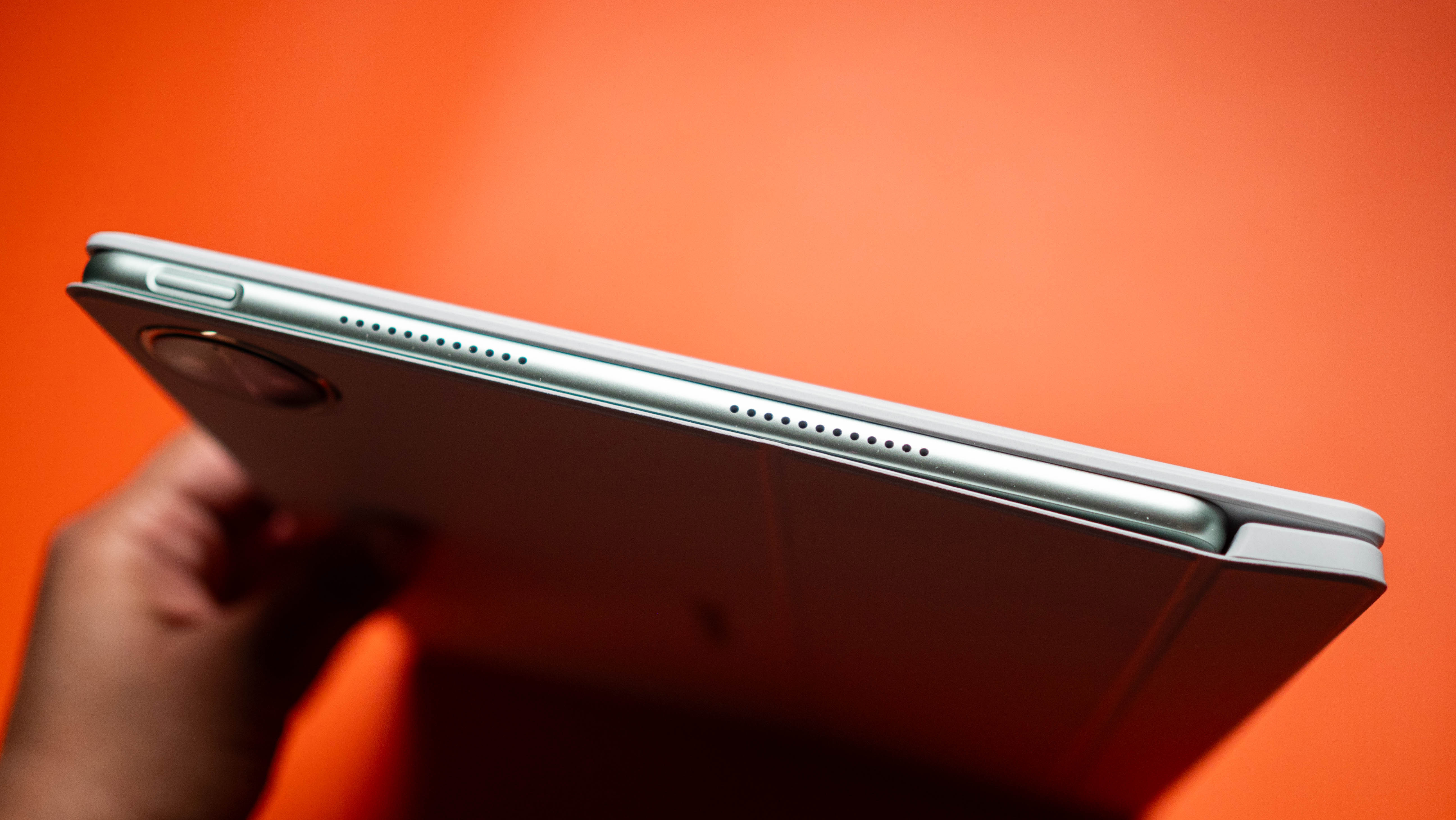
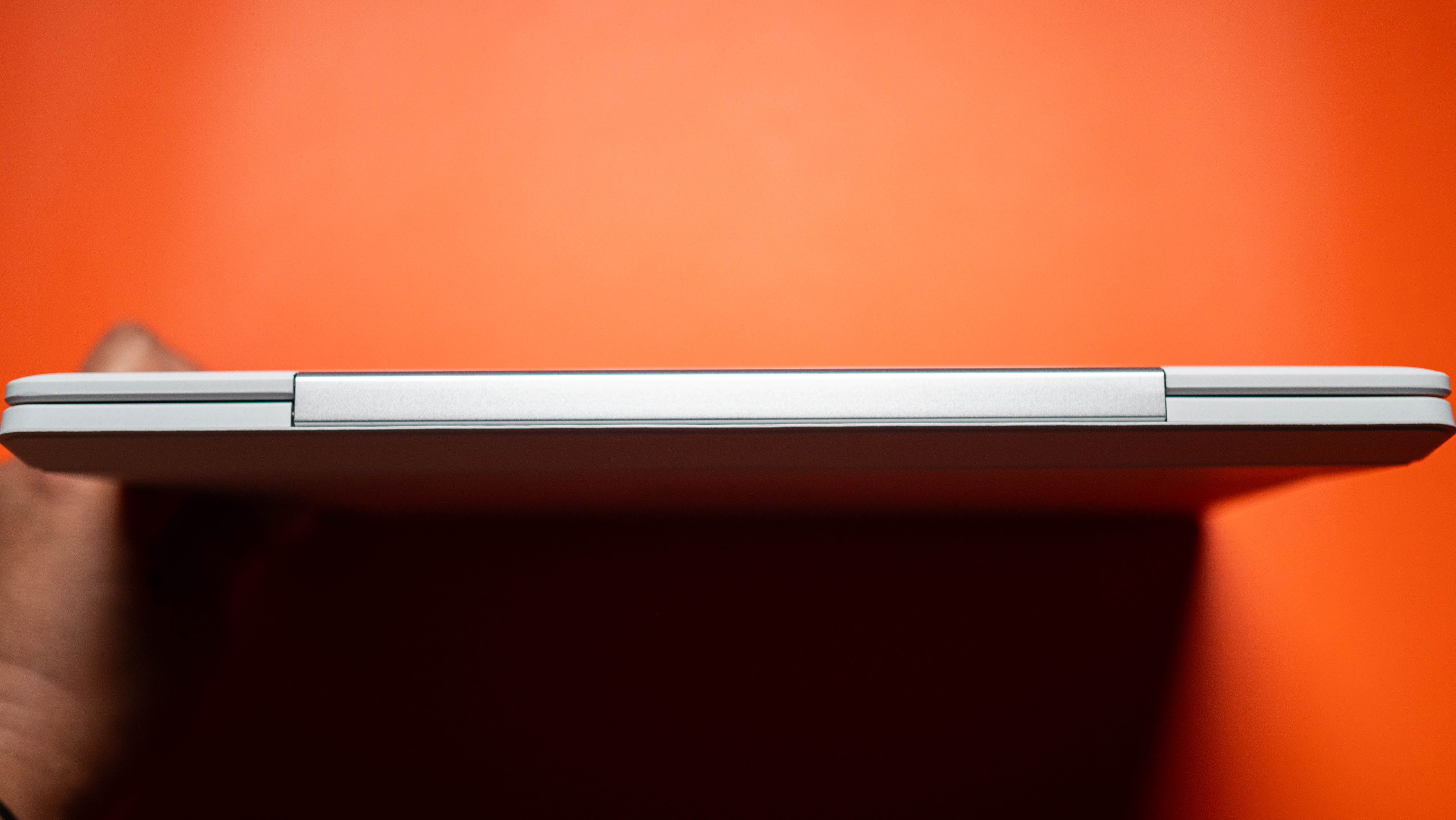
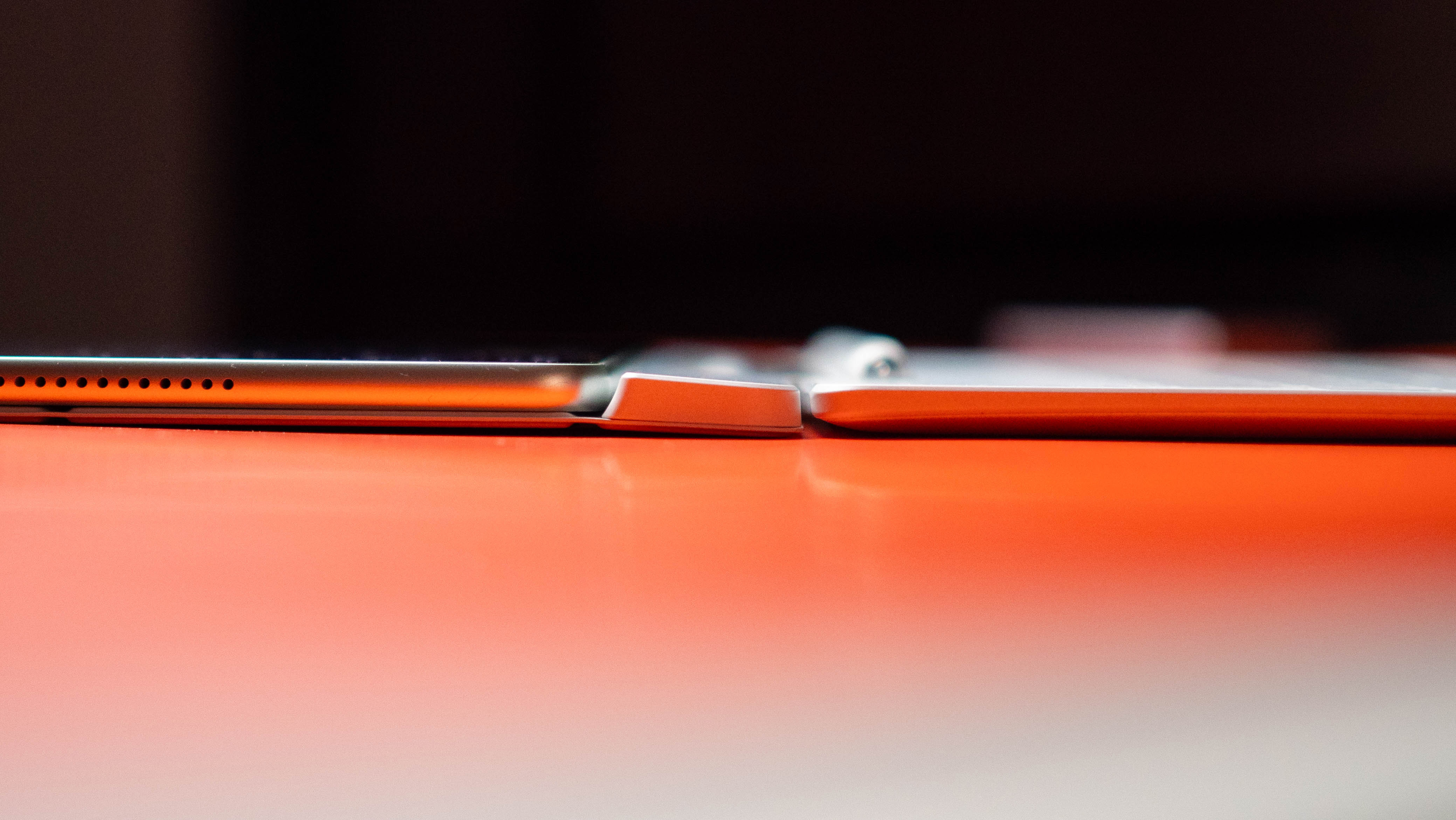
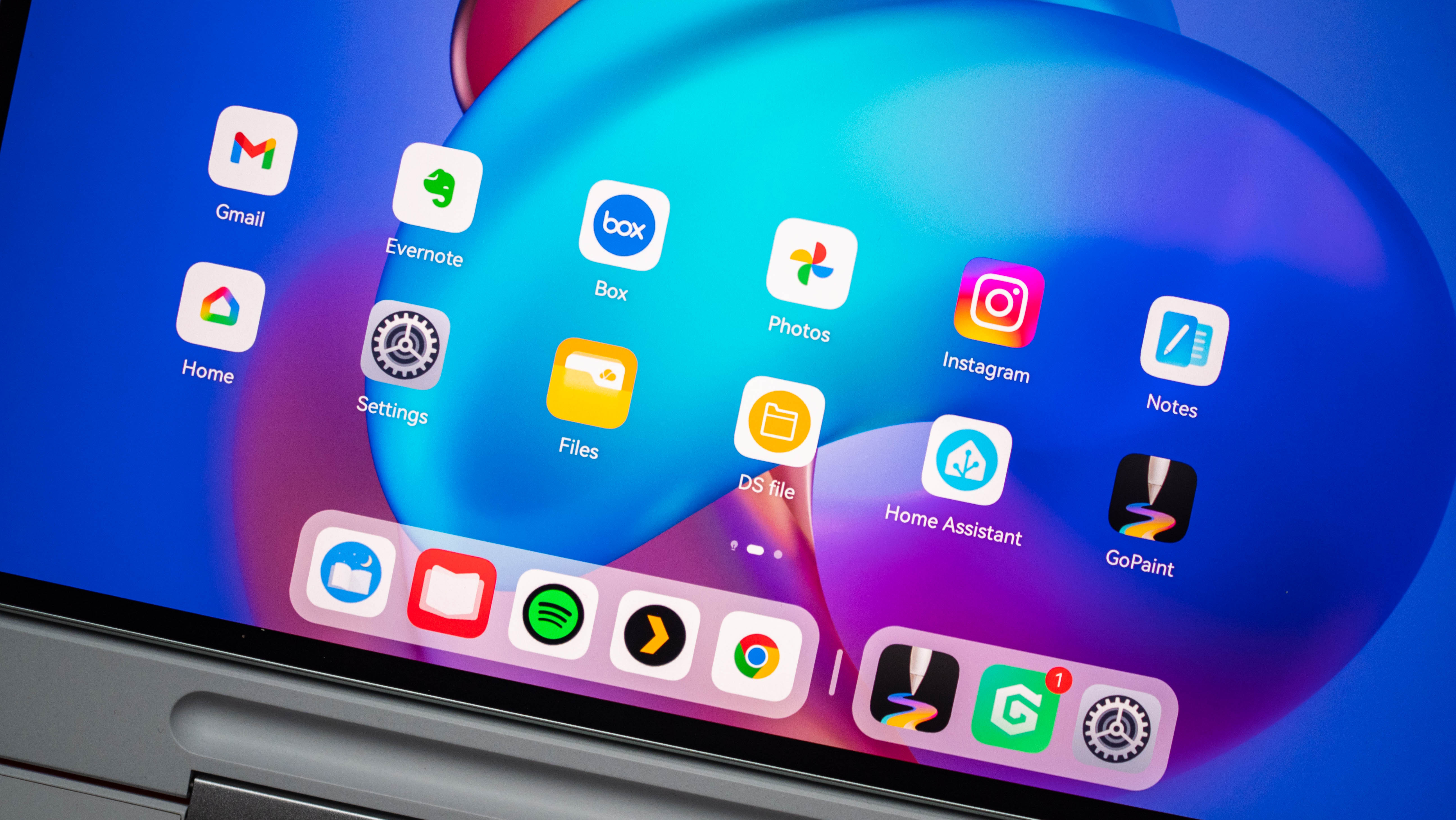
While there's no HDR integration with Netflix or YouTube given Huawei's situation with Google, the tablet did a great job with SDR content. The panel has standout color vibrancy, and the increased brightness makes a big difference in outdoor use. There are four audio drivers, and you get detailed onboard sound that's great for casual watching as well as gaming.
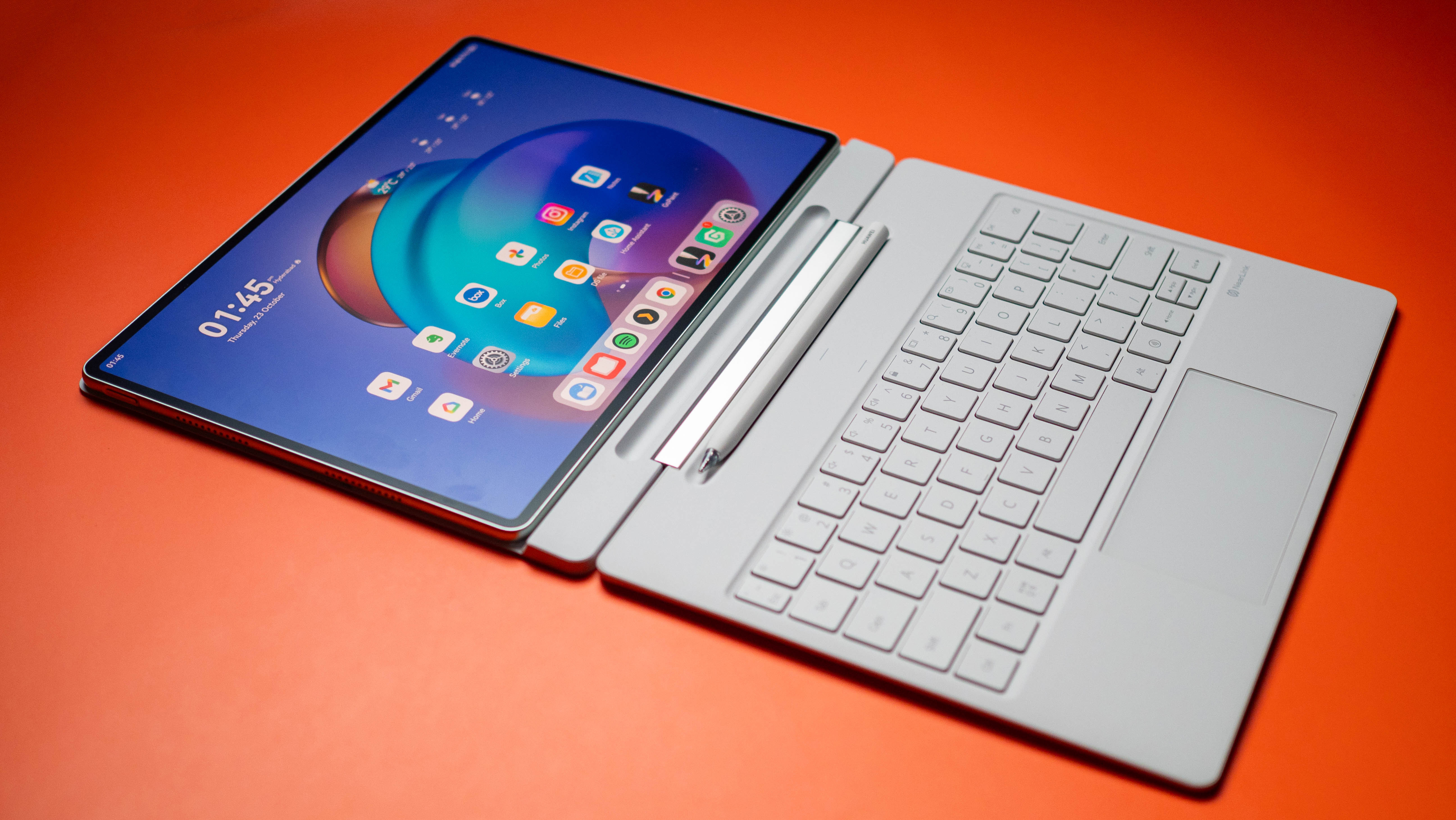
I used the tablet mostly to read ebooks and magazines, and Huawei has a dedicated mode that turns the panel monochrome, making it that much easier on the eyes. There's also a color ebook mode that's ideal if you're interested in reading comics on the device.
Sleek design with useful accessories
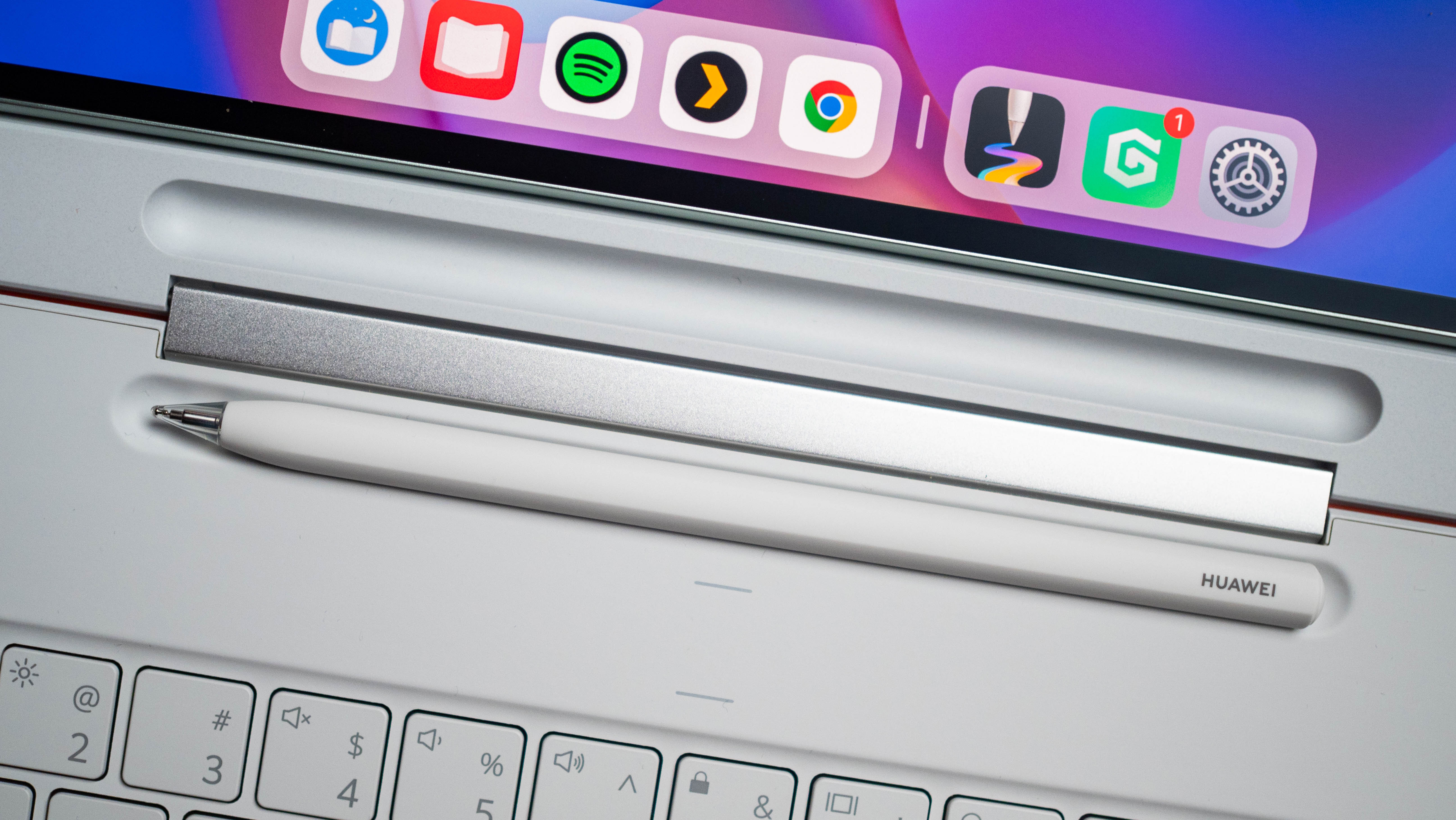
The design is pretty good too; the front has thin bezels that are uniform on all sides, and at 5.5mm, the MatePad Pro is just a little thicker than the 13-inch iPad Pro. The back of the tablet is made out of polycarbonate, and while I would've preferred metal, I didn't see any problems with build quality. And at 508g, the tablet isn't so heavy that it's uncomfortable to hold, and I had no problems in regular use.
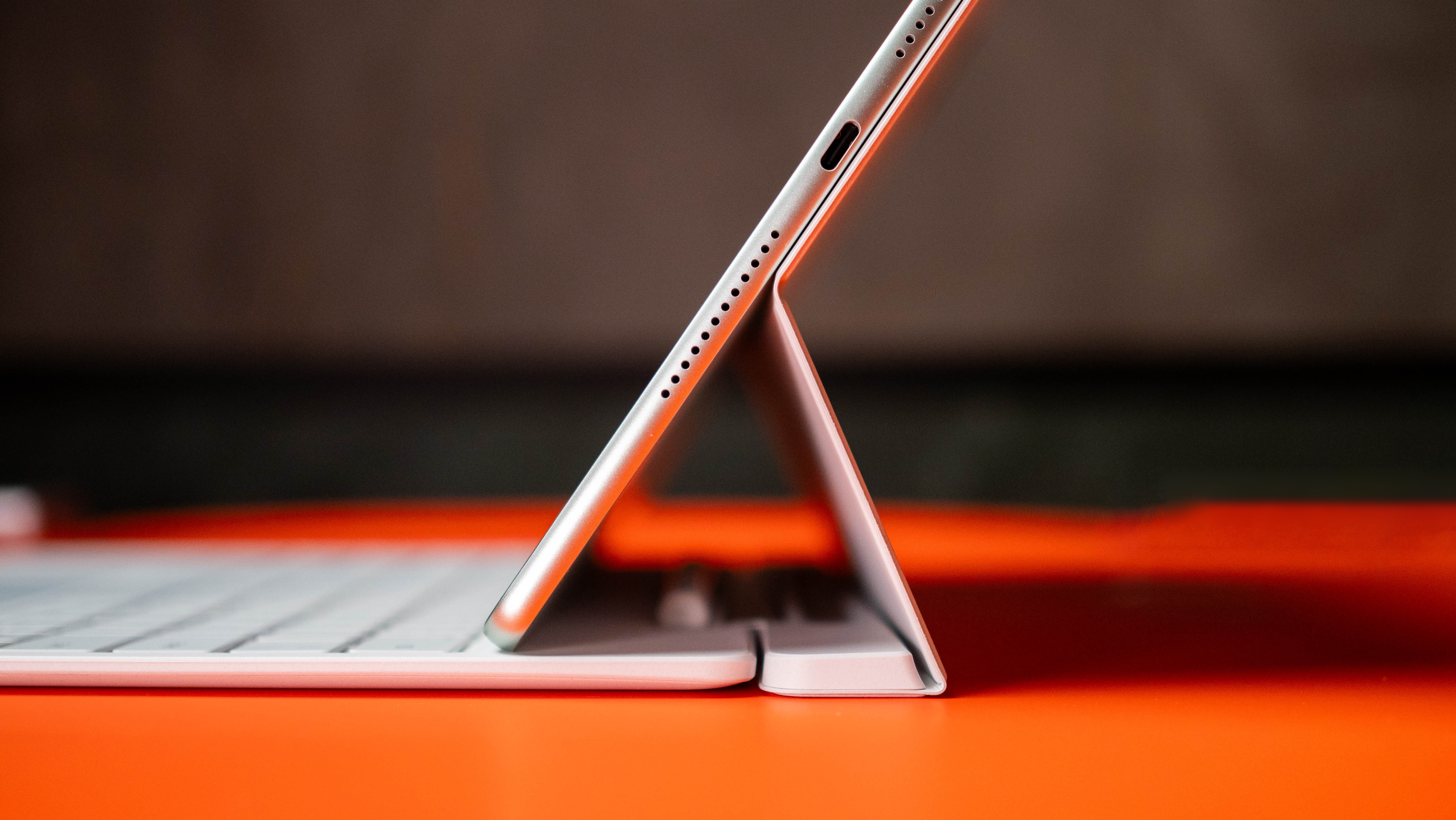
The front camera is integrated into the bezel, and honestly, it isn't even visible in regular use — it's only when you squint right at it that you can make out that it's there. The camera quality is decent enough, although admittedly I only use it while attending briefings. Interestingly, you get two cameras at the back — a 50MP main lens and 8MP wide-angle — and as a result, the rear camera module is bigger than most other tablets.
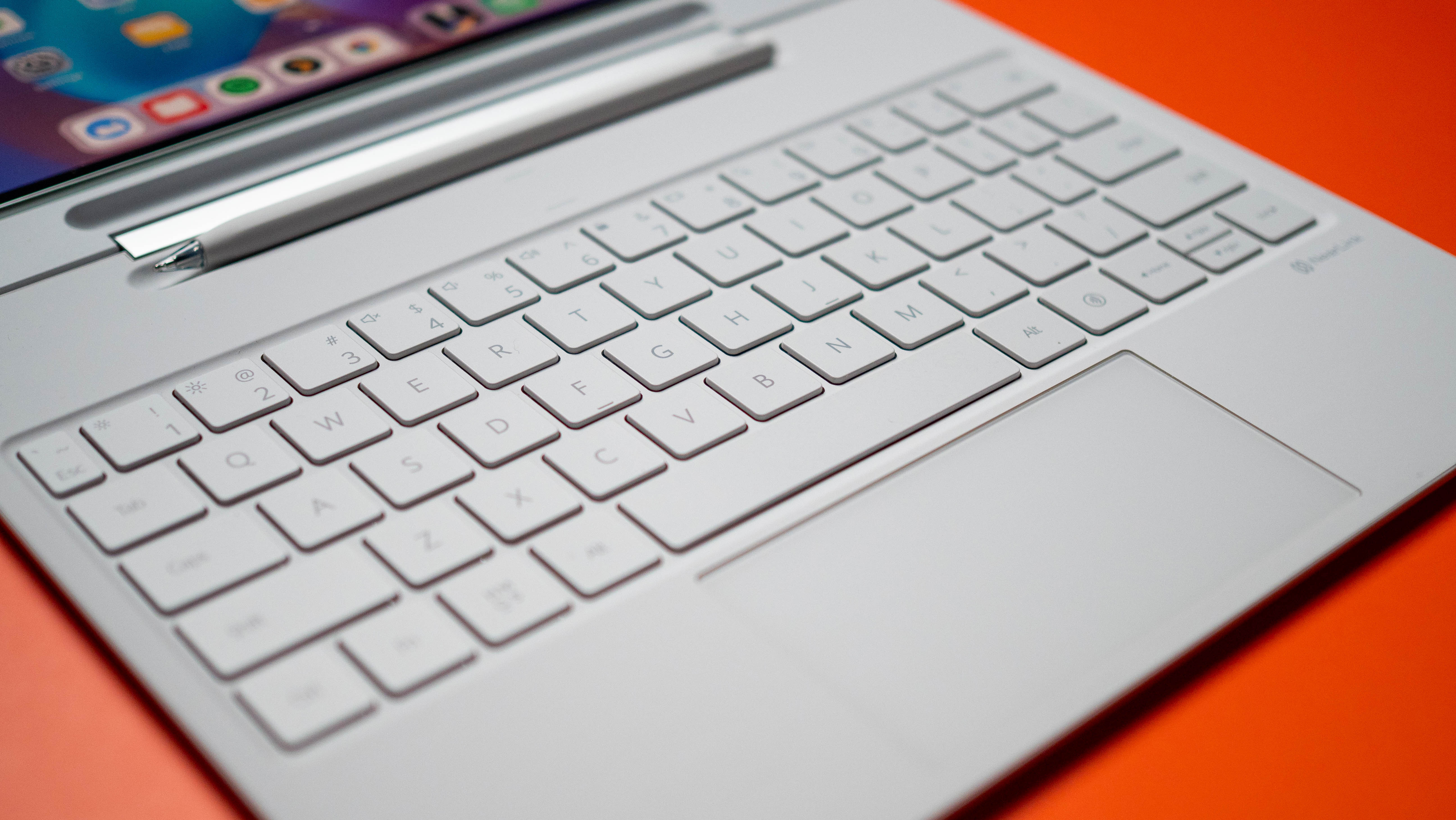
A tablet needs good accessories, and the reason why I'm now using the Xiaomi Pad Mini to control my smart home is because of the custom case and stylus. Huawei does a great job in this area, and the MatePad Pro 12.2-inch comes with a keyboard and stylus as standard. The Glide Keyboard connects using Huawei's NearLink protocol, and it has a cubby to store the stylus. On that note, Huawei doesn't bundle the M-Pencil 3 stylus, but sells it as a free add-on when you buy the tablet.
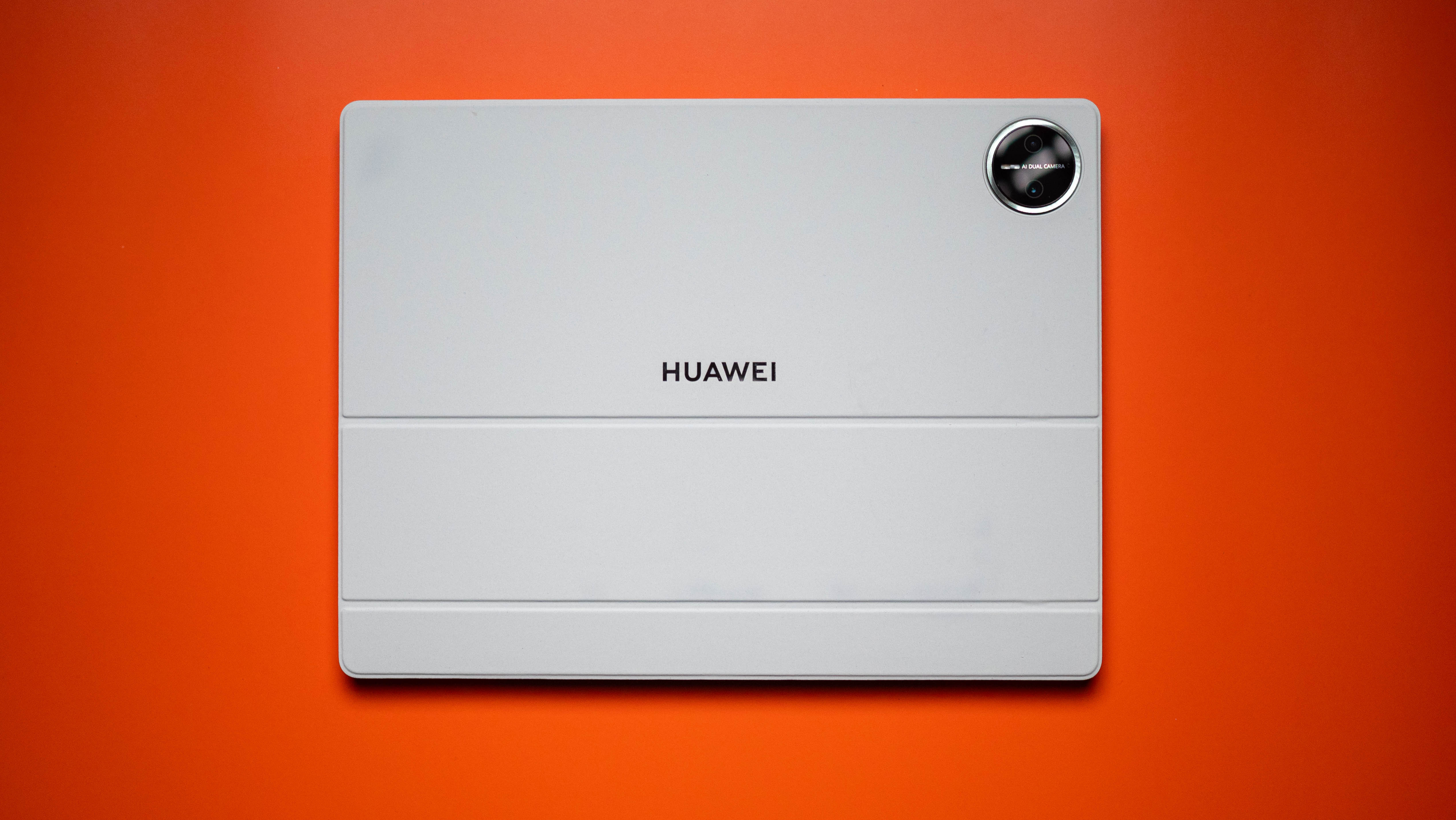
The keyboard is great to use; the keys have good travel, you get a large touchpad, and it doesn't add much bulk to the tablet as a whole. The only issue is that the buttons aren't backlit, but outside of that, it was enjoyable to use — the keys feel just as good as the Magic Keyboard on my iPad Pro M4.
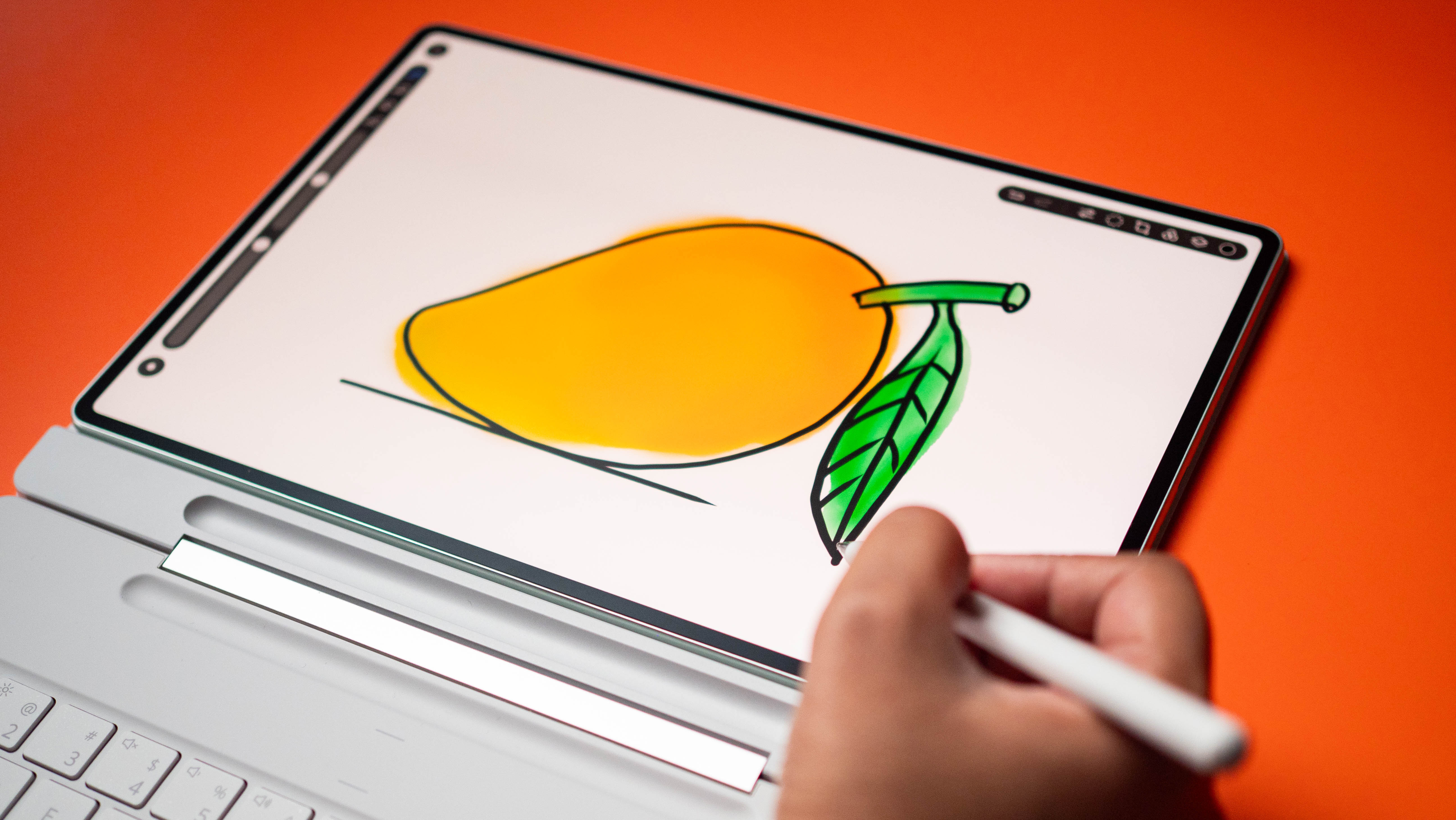
The M-Pencil 3 is outstanding; the stylus is great for jotting down notes and sketching, and it pairs well with the brand's GoPaint app. What I like the most is that the matte texture of the tablet is particularly conducive to taking notes, and this is where the MatePad Pro has a definite edge over the iPad Pro and Galaxy Tab S11.
There aren't any issues with battery life; the 10,100mAh battery easily lasts over a day even if you're binging a TV show, and in my usage, I had to charge the tablet once every three days on average. While there isn't a charger bundled with the tablet, it uses Huawei's 100W standard, and it takes just over an hour to charge the battery.
No Google, no problem
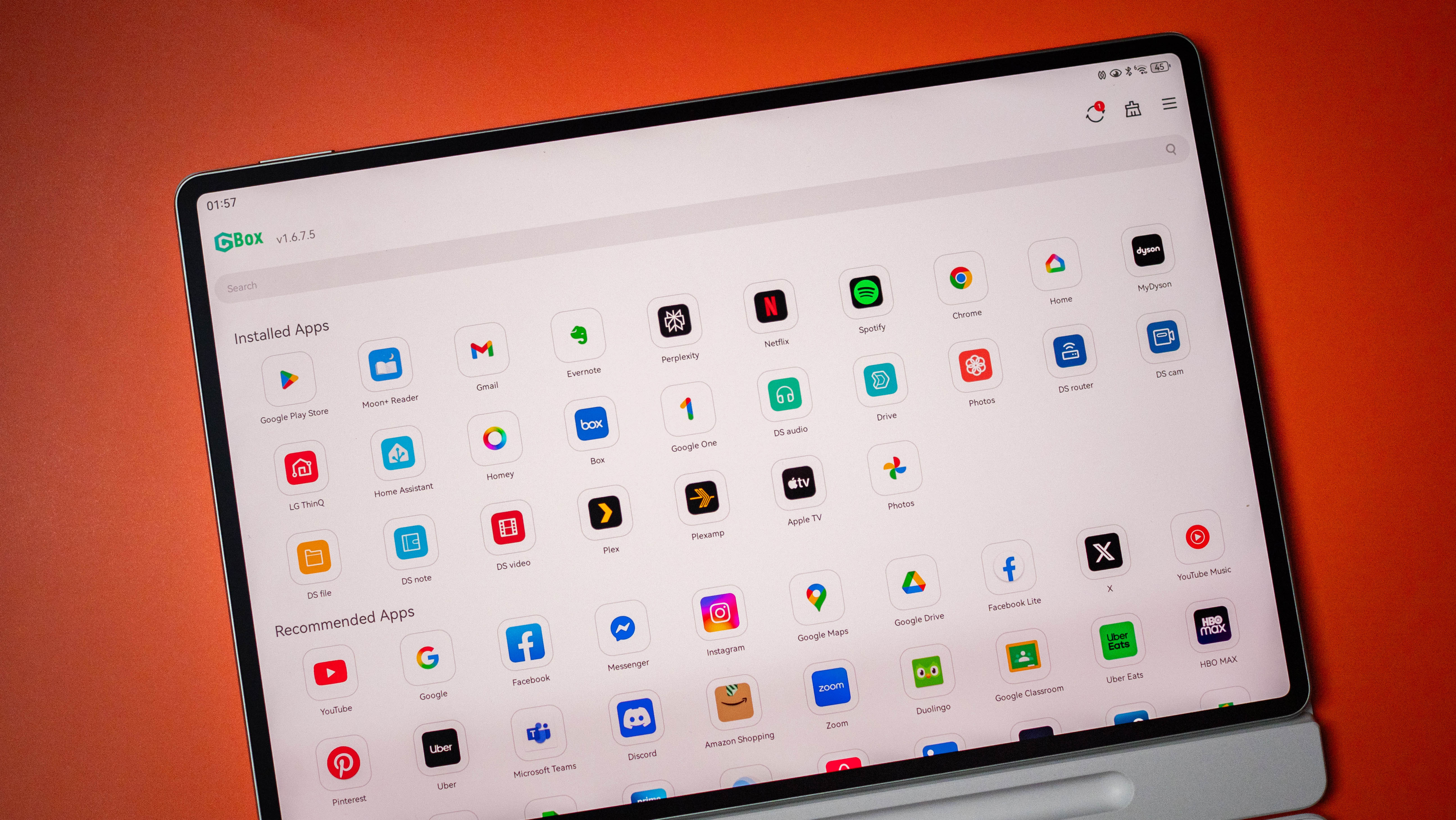
It's the software where things diverge from traditional Android tablets. The MatePad Pro doesn't have Google Mobile Services, so you don't get the Play Store, Gmail, Chrome, or YouTube pre-installed. While that is annoying, it's extremely easy to get these apps installed via GBox — doing so takes under five minutes. Once they're installed, they're sandboxed within GBox, but I didn't see any difference in usability.
The tablet runs HarmonyOS 4.3 out of the box, and it is similar enough to EMUI that there isn't a learning curve. If anything, the software is nearly identical to what Honor has on its tablets — make of that what you will. The upside is that it isn't limiting in any way, and that's good to see.
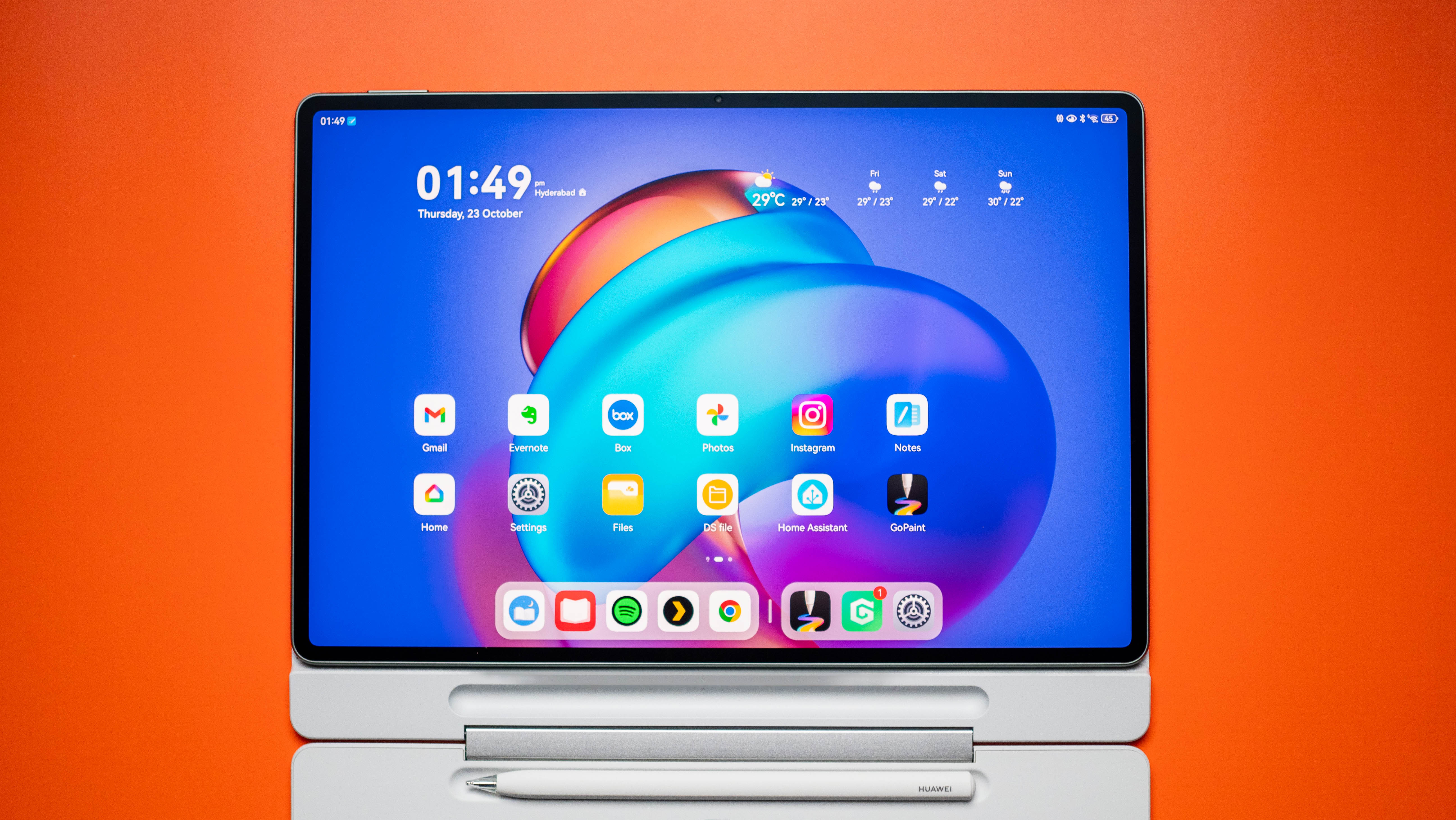
Ultimately, the MatePad Pro 12.2-inch has everything I need in an Android tablet, and the tandem OLED with the matte texture is an absolute joy to use — it's the reason why I used the tablet instead of other Android rivals. The bundled accessories are pretty great in their own right, and on the whole, it's a better choice than the Galaxy Tab S11.
The MatePad Pro has a definite edge over its Android tablets, and it is a delight to use.







